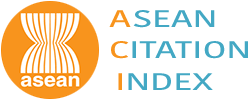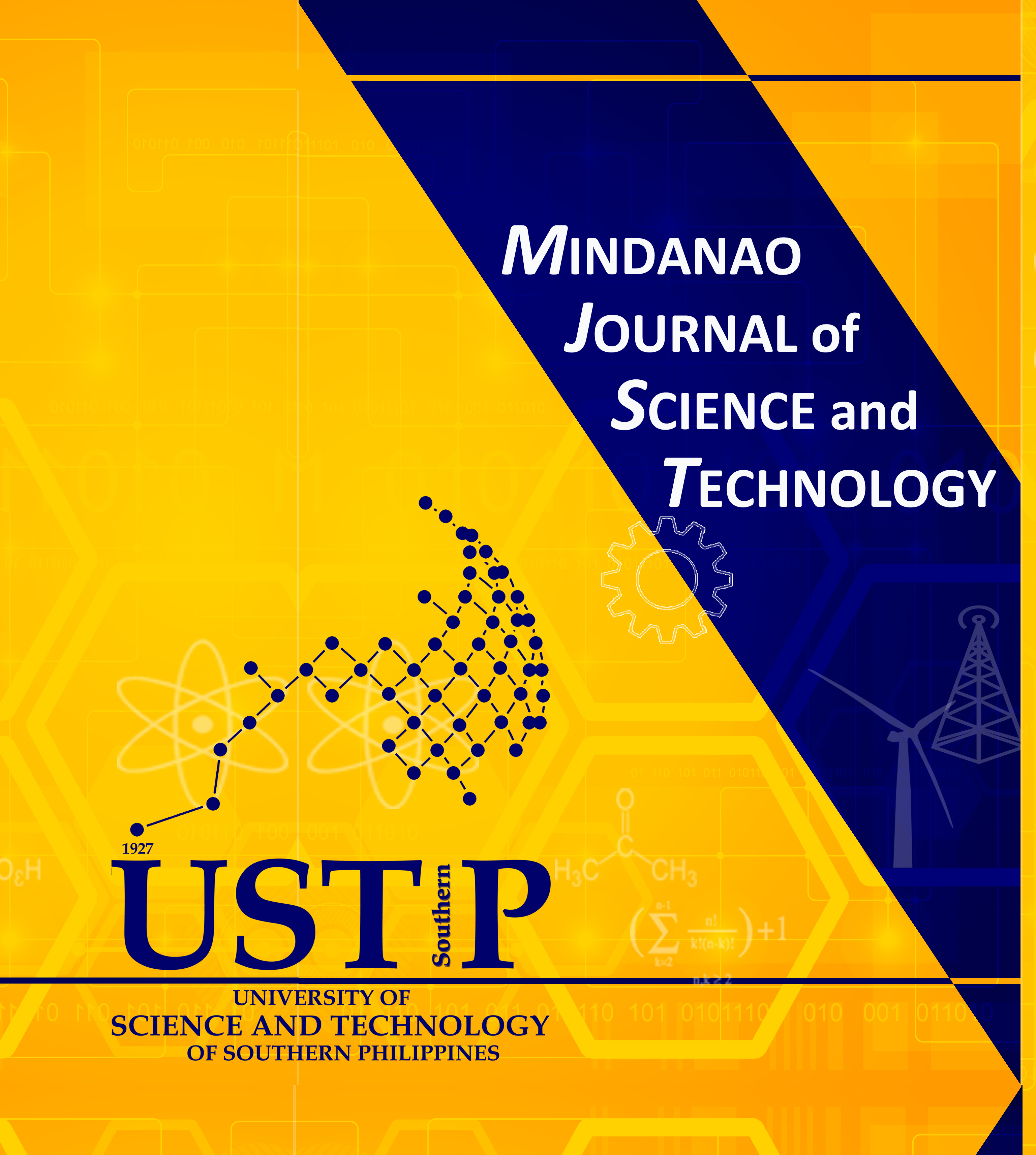Coastal Vulnerability Assessment: The Case of Davao del Norte, Philippines
Keywords:
coastal vulnerability, natural hazards, sensitivity, exposure, Adaptive capacityAbstract
Coastal vulnerability assessment is essential in formulating strategies to reduce adverse impacts of climate change. Thus, this study was conducted to help local government units (LGUs) and other concerned agencies and communities to identify priority areas for disaster risk reduction and management in the province of Davao del Norte, Philippines. It measures the degree of sensitivity, exposure and adaptive capacity of coastal resources in all coastal areas in the province using the Coastal Integrated Vulnerability Assessment Tool (CIVAT) adopted from Marine and Resources Foundation, Inc. (MERF). The study revealed that there were six natural disturbances of coastal areas. These include heavy rainfall, tropical cyclone, El Niño, flood, coastal erosion, and strong wind or habagat. Majority of the coastal areas were moderately exposed, sensitive, and adaptive to adverse impacts of natural hazards. In general, coastal areas in the province were moderately vulnerable to natural hazards Except for Barangay Dadatan in Island Garden City of Samal (IGCS), which was highly vulnerable. In terms of prioritization for disaster risk reduction and management interventions, barangays Tambo, Ballet, San Isidro, Tagpopangan, San Miguel, La Suerte Lapaz, Pangubatan, Poblacion Kaputian, Tagbaobo, Taba, JP Laurel, San Jose, Tagbay, Poblacion-Libertad, and Aumbay should highly be prioritized.










